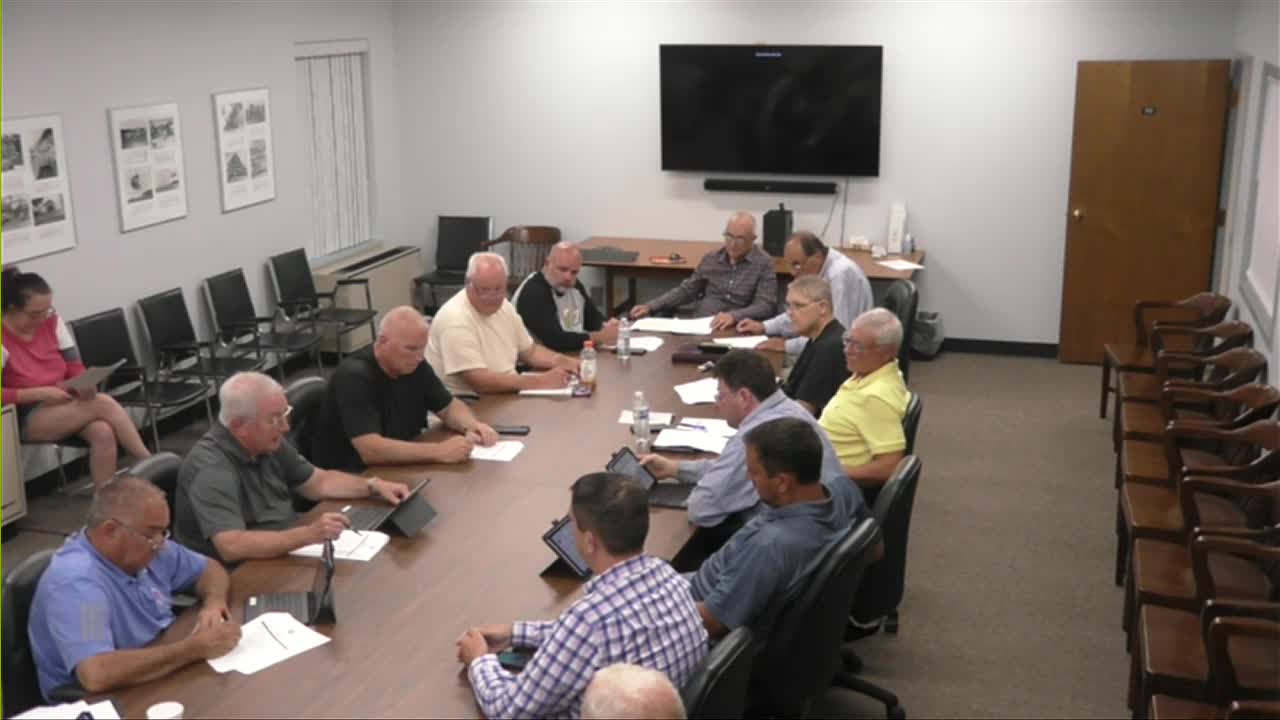FEMA flood map update sparks local outrage and concerns
July 22, 2024 | Chemung County, New York

This article was created by AI summarizing key points discussed. AI makes mistakes, so for full details and context, please refer to the video of the full meeting. Please report any errors so we can fix them. Report an error »

In a recent government meeting, officials discussed the Federal Emergency Management Agency's (FEMA) initiative to update floodplain maps, a move that has raised concerns among local leaders. The update, which follows a contentious attempt over a decade ago, aims to re-evaluate flood risk areas, but many officials question the scientific basis behind FEMA's assessments.
One notable example highlighted was the Miracle Mile area, where FEMA's previous maps indicated significant flooding risks that local officials found implausible. Similarly, the Consumer Square area was shown to be at risk of nine feet of flooding, abruptly stopping on the map without explanation. Local leaders expressed frustration over FEMA's lack of transparency and willingness to engage in discussions about the science behind their flood predictions.
A key aspect of the updated floodplain maps involves the accreditation of flood control levees, which were constructed by the United States Army Corps of Engineers and later handed over to the New York State Department of Environmental Conservation for maintenance. Local jurisdictions are now being asked to certify these levees, despite having no role in their original construction. This requirement could lead to significant engineering costs for local governments, as they would need to assess the integrity of the levees built in 1946.
The implications of these changes are profound, as areas previously not classified as flood hazard zones may now be included, mandating property owners to purchase flood insurance. This shift is seen by some officials as a strategic move by FEMA to increase its flood insurance subscriber base amid financial losses.
As the meeting concluded, local leaders voiced their concerns about the potential financial burden on communities and the need for clearer communication and collaboration with FEMA to ensure accurate flood risk assessments.
One notable example highlighted was the Miracle Mile area, where FEMA's previous maps indicated significant flooding risks that local officials found implausible. Similarly, the Consumer Square area was shown to be at risk of nine feet of flooding, abruptly stopping on the map without explanation. Local leaders expressed frustration over FEMA's lack of transparency and willingness to engage in discussions about the science behind their flood predictions.
A key aspect of the updated floodplain maps involves the accreditation of flood control levees, which were constructed by the United States Army Corps of Engineers and later handed over to the New York State Department of Environmental Conservation for maintenance. Local jurisdictions are now being asked to certify these levees, despite having no role in their original construction. This requirement could lead to significant engineering costs for local governments, as they would need to assess the integrity of the levees built in 1946.
The implications of these changes are profound, as areas previously not classified as flood hazard zones may now be included, mandating property owners to purchase flood insurance. This shift is seen by some officials as a strategic move by FEMA to increase its flood insurance subscriber base amid financial losses.
As the meeting concluded, local leaders voiced their concerns about the potential financial burden on communities and the need for clearer communication and collaboration with FEMA to ensure accurate flood risk assessments.
View full meeting
This article is based on a recent meeting—watch the full video and explore the complete transcript for deeper insights into the discussion.
View full meeting
